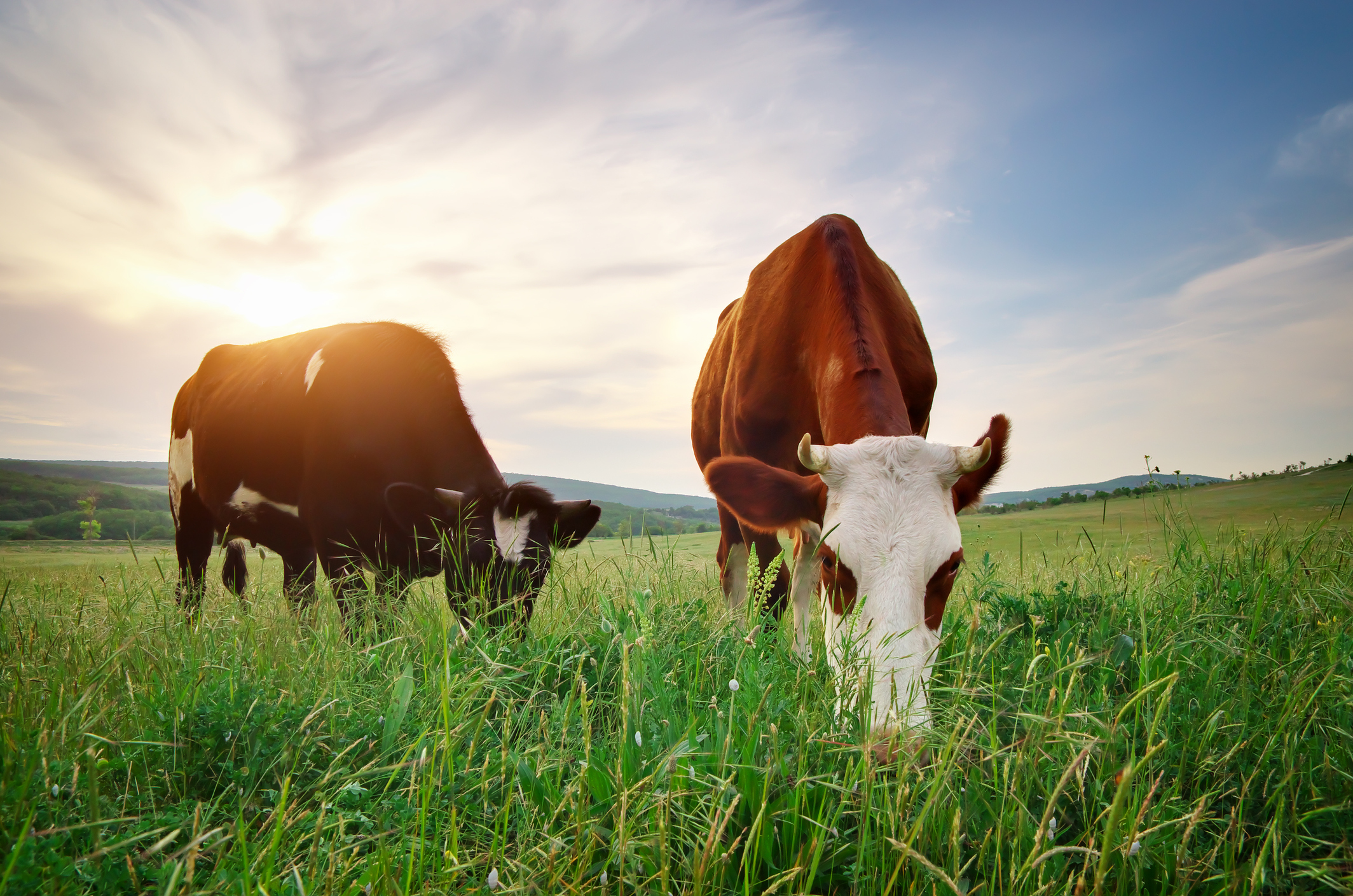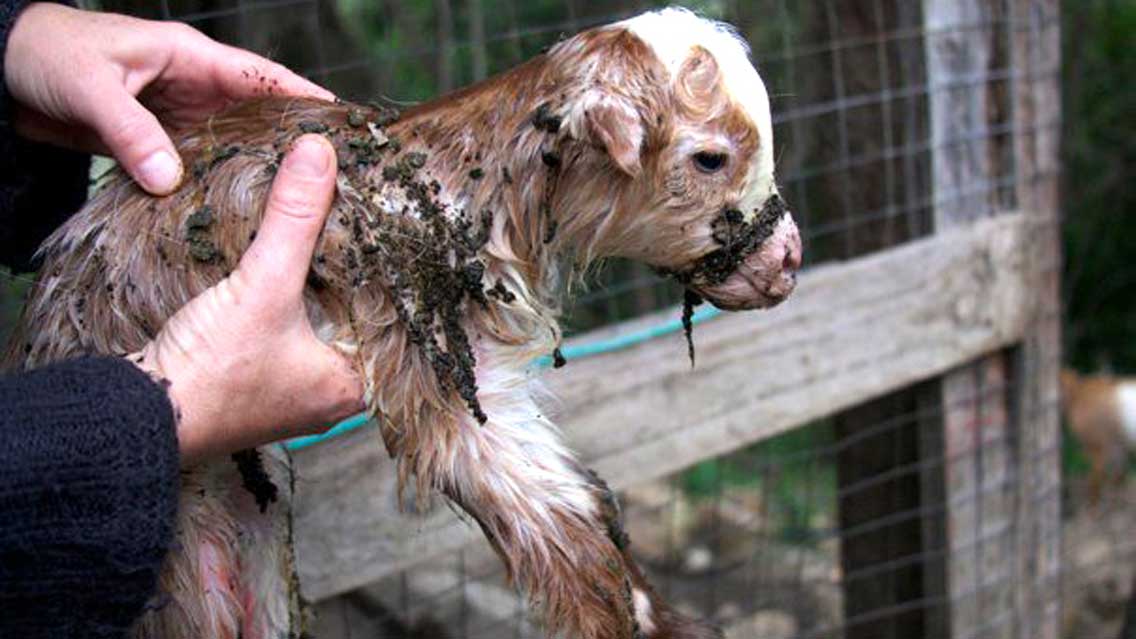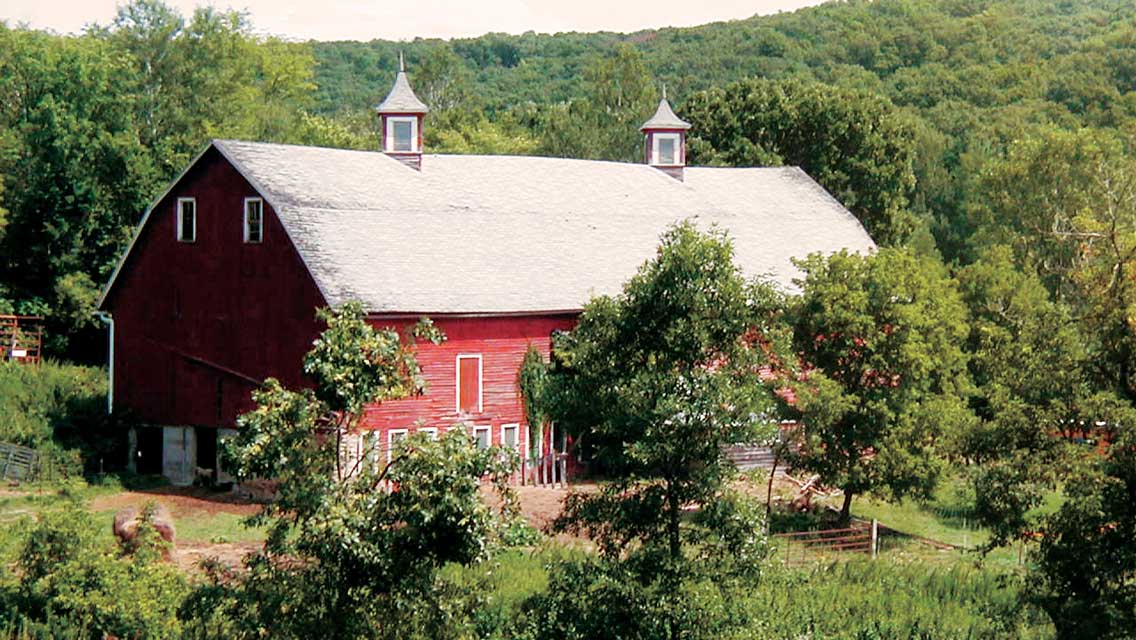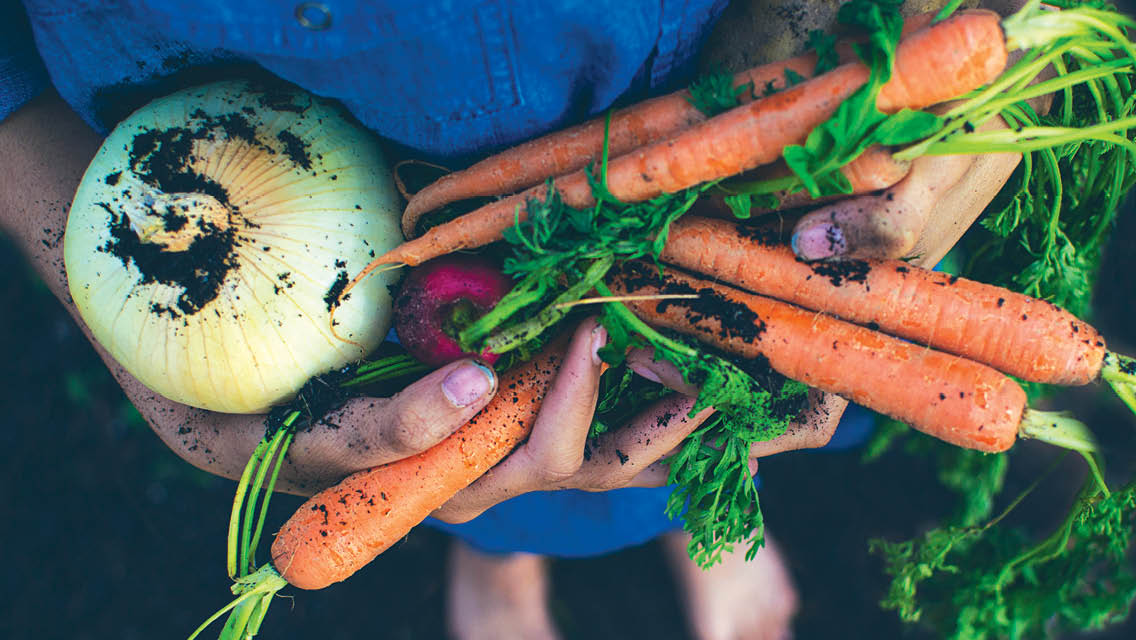On a sunny spring morning, a chorus of birdsong lures me out of my downy bed at Snug Hollow Farm Bed and Breakfast in rural Estill County, Ky. I grab my binoculars and count cardinals, phoebes, goldfinches, warblers, bluebirds and chickadees from my treetop deck. Just below, abundant rows of homegrown, organically raised vegetables wait to be cooked into something fresh and delicious.
Ah…farm life. Before breakfast, I’ve experienced more nature than I do in a week at home. If I lived in a big city, I could go years without breathing air this fresh, hearing a brook or seeing so many trees — which is precisely why farm stays and similar agricultural opportunities are becoming so popular.
This on-the-farm vacation trend, known commonly as agritourism, appeals to city and small-town folk alike. Some want to learn about the farm-to-plate food cycle and get their hands dirty. Others want to enjoy quality time outdoors. Either way, agritourists get to immerse themselves in the daily ins and outs of rural life, while also connecting with the land and supporting the farfmers who create a safe, high-quality food supply.
“Agritourism makes visitors aware of what’s at stake: clean air and water, fresh food, and a slower way of life,” says Snug Hollow innkeeper Barbara Napier. She demonstrates organic gardening, but pitching in is optional — you’re free to hike the farm’s hills or nap on the porch.
Barnyard Lessons
Once the backbone of American agriculture, small-scale, nonindustrial, self-supporting farms have become an endangered species. But today, many food experts suggest that preserving such independently owned and operated farms — and buoying local food systems going forward — is essential to stabilizing and securing our country’s future food supply. (For more on the importance of preserving networks of locally owned farms, read “Coming Home to Your Foodshed” in the September/October 2002 archives.)
“The growing agritourism trend helps us — and a lot of other farmers — keep operating,” says Marcy Tudor, president of the Pennsylvania Farm Vacation Association and the owner of Weatherbury Farm, southwest of Pittsburgh. She and her husband, “Farmer Dale,” raise grass-fed beef and lamb and teach guests about farming — and invite them to help with chores.
Farm tourism’s value extends to education, as 48-year-old University of Pittsburgh professor Joan Vondra, PhD, can attest. She and her daughters, Miranda and Erica, have visited Weatherbury Farm for each of the past nine summers. “My own childhood visits to my grandparents’ farm were idyllic,” she recalls. “Farm-stay weekends give my kids those memories, plus hands-on experience.”
Each morning, after waking up in one of the restored historic farm buildings, the girls accompany Farmer Dale to feed goats, sheep, cows and fowl. “When the girls were little, they were cautious about feeding calves and lambs from a bottle, so I got to help,” says Vondra. “Now that they’re 12 and 15, they do everything themselves.”
The girls observe firsthand the food cycle, which influences their lifestyle choices (both are vegetarians). “They’re always proud that they collected the eggs we eat for breakfast every day,” says Vondra. After chores, the family relaxes, swims in the pool, and walks or runs the country roads. “It’s pleasant following a routine governed by the sun and the needs of the animals,” says Vondra. “Weatherbury Farm is my kids’ dream come true.”
Home on the Range
Want an experience that works up a sweat and brings you side-by-side with real cowboys? You might be surprised at a ranch’s tough but satisfying lifestyle.
Since boyhood, Irwin Halperin, 52, a Walgreens vice president from Miami, had dreamed of being a cowboy. Bored by nose-to-tail trail rides at dude ranches, he went in search of a more hands-on experience and discovered Montana Bunkhouses, a network of working ranches in the Big Sky state. For vacation, he decided to swap his tie and polished wingtips for a bandanna and cowboy boots.
Over the years, Halperin has rounded up and driven cattle, fed horses, collected firewood, dragged hay bales, and built barbed-wire fences at four different ranches.
“I live and eat with the ranchers, spending seven to eight hours a day in the saddle like they do,” he says. “By day’s end, every muscle and bone in my body is sore, but I love it.” He’s slept in tents on the cattle trail, in bunkhouses and in ranchers’ homes.
You don’t need to be as comfortable in the saddle as Halperin to enjoy a cow-punching getaway. Nonriding guests can either forgo ranch chores or ride in the pickup with the rancher on daily rounds to feed and care for livestock.
Halperin remembers a particularly spectacular riding day when he helped search for lost cows in the mountains bordering the Skelton Ranch, near Bynum, Mont. “The Rocky Mountains are drop-dead beautiful, and I told Steve Skelton, ‘You’re so lucky that this is your office!’” he says. “I love the natural beauty and the joy of working outdoors, and I like that my money helps preserve a major piece of our American past — the life of a cowboy.”
That sentiment is echoed throughout the ranch business. “Our guests come from around the world, and many hands make lighter work,” says LaVonne Heaton, who runs East Pines cattle ranch in southwestern Colorado with her husband, Al, and their six children. Their land would be worth a lot if the Heatons sold it for real-estate development, but they’re committed to their ranching-farming lifestyle. “We’re passionate about land stewardship, and money isn’t the most important bottom line,” she says. “Satisfaction with our life is.”
Sweat Equity
Looking for an in-depth, inexpensive farming experience? An international volunteer program called World Wide Opportunities on Organic Farms (WWOOF) may be just the ticket.
By paying a small fee to join ($20 to $30), you receive a list of farms in the country of your choice. (The United States has 712 member farms in all 50 states.) In exchange for working several hours a day on a farm during your stay — which can range from one or two weeks to several months — you receive free room and board and an education in organic agriculture. Lodging varies by place: You might sleep in a farmhouse room, a tent or a dorm.
“My boyfriend and I would like to have a farm someday, so our WWOOF trip was 50 percent fun and 50 percent finding out if we had what it takes to be farmers,” says Tabitha Alterman, 28, an editor for Mother Earth News in New York City. The couple chose to work on a pesticide-free, Kona-coast coffee farm on Hawaii’s Big Island, where they spent six months learning to grow, harvest, process, dry and roast coffee according to ancient Japanese tradition.
Monday through Thursday, Alterman and her boyfriend, Bernard Laws, worked from about 8 a.m. to 2 p.m. planting coffee seedlings in chunky volcanic lava, pruning trees, weeding, spreading organic fertilizer or harvesting coffee cherries. “The farm was on the volcano’s steep incline, so going up and down 5 acres of lava was like training on a stairclimber all day,” she says. To cool off, the couple spent afternoons snorkeling at the beach.
“Being in the outdoors almost all day long was so rewarding, and it absolutely convinced us that we want a farm someday,” says Alterman. It also boosted her appreciation for the work that goes into each cup of coffee and strengthened her resolve to support fair trade. “Believe me, a bucket of pulpy coffee cherries weighs a lot when you’re carrying it uphill,” she says. “It’s so gratifying to have been part of the whole process.”
And that appreciation — in addition to the hands-on education and ecological understanding you gain — is exactly what makes an agritourism experience so rewarding.
Close to Home
You don’t have to travel far to be an agritourist. An afternoon at a local farm can be fun and educational, too.
- Tour a local farm. Learn how to milk cows or garden sustainably. Some farms hold public festivals showcasing their produce: Think sheep-shearing demos in spring or corn mazes and hayrides in the fall.
- Volunteer for a CSA work-share day. When you join a CSA (community-supported agriculture) project, you pay a farmer for a weekly share of produce during growing season. On designated workdays, CSA members can help with the harvest. Find a local CSA at www.localharvest.org.
- Pick your own food. Go to a U-pick field to save money and hand-select the best, ripest produce. Find U-picks near you at www.agritourismworld.com.
Get Your Hands Dirty – Or Not
A variety of agritourism opportunities are available across the United States: Do as little as you like at farm B&Bs or really pitch in at a working farm. Costs range from nothing (on a volunteer farm where you work in exchange for modest room and board) to $250 to $300 a day (at a horse and cattle ranch, all meals included).
Blue Heron Farm — Feed goats, pick blueberries and learn about maple syrup production on an organic farm near Charlemont, Mass.; 413-339-4045, www.blueheronfarm.com.
Cottonwood Guest Ranch — Help out at this fifth-generation horse and cattle ranch in Wells, Nev.; 775-752-0817, www.cottonwoodguestranch.com.
East Pines Ranch — Spend a week as a cowboy on a 100,000-acre cattle ranch near Cortez, Colo.; 970-565-6439, www.eastpines.com.
Fountain Prairie Inn and Farms — Pick produce or feed the cows at this farm in Fall River, Wis.; 866-883-4775, www.fountainprairie.com.
Montana Bunkhouses — Ride and round up cattle at one of 20 working ranches offered through this ranch co-op; 406-222-6101, www.montanabunkhouses.com.
Snug Hollow Farm B&B — Learn to be an organic gardener at a 300-acre vegetarian farm in rural Kentucky; 606-723-4786, www.snughollow.com.
Weatherbury Farm Vacation B&B — Participate in farm chores and kids’ programs at this family farm in Avella, Penn.; 724-587-3763, www.weatherburyfarm.com.
Willow Creek Ranch — Fish or trail ride on a 57,000-acre working horse, cattle and guest ranch in Kaycee, Wyo.; 307-738-2294,
www.willowcreekranch.com.
WWOOF USA — Volunteer on a farm in exchange for free room and board; 831-425-3276, www.wwoofusa.org.
Search for other farm vacation listings at Pennsylvania Farm Vacation Association (www.pafarmstay.com), Rustic Vacations (www.rusticvacations.com) and Tennessee Tourism (http://tnvacation.com/agritourism).
Discover international opportunities for agritourism in the Web Extra! below.
Agritourism Abroad
In Europe, farm stays date back to the days when travelers needed accommodations and “paid” their way by lending a hand with the chores.
Today, you can visit a New Zealand kiwifruit orchard, stay at a 400-year-old Tuscan villa in a Chianti vineyard, or learn about tea production at a plantation in India. (P.S.: Find out in advance whether your hosts speak English.) Here’s a sampling of the world’s vast offering.
Agritourism World — A database of farms worldwide. (www.agritourismworld.com)
Farm Stay U.K. — A network of farm-based accommodations in England, Scotland, Wales and Northern Ireland. (www.farmstayuk.co.uk)
Home on the Range — A list of working ranches and cattle drives in Canada. (866-760-8334; www.homeontherange.ca)
Italy Farm Holidays — Farm stays across Italy. (914-631-7880; www.italyfarmholidays.com)
Rural Holidays New Zealand — A listing of farm holidays on both the north and south islands. (www.ruralholidays.co.nz)
World Wide Opportunities on Organic Farms — An international network of organic farms that accept volunteers. (www.wwoof.org)
This article originally appeared as “Rural Repreive.”




This Post Has 0 Comments